Selective Pruning for Healthy Plants
Selective pruning is an essential practice for anyone looking to maintain a thriving garden or landscape. It’s not just about snipping away at branches; it’s a thoughtful process that involves understanding the needs of your plants. By focusing on specific branches or stems, gardeners can significantly improve the health and aesthetics of their plants. Imagine your garden as a canvas, and selective pruning as the artist’s brush, shaping and enhancing the beauty of each plant. This technique is all about promoting vitality and ensuring that each plant gets the light and air it needs to flourish.
But why is selective pruning so important? Well, consider the way trees grow in nature. They don’t just sprout without any guidance; they adapt to their environment, shedding excess branches and leaves to optimize their growth. Similarly, selective pruning allows us to mimic this natural process, helping our plants to thrive in the conditions we provide. Whether you’re looking to enhance flowering, improve structure, or reduce disease susceptibility, understanding the fundamentals of selective pruning is key to achieving your gardening goals.
In this article, we will delve deeper into the various aspects of selective pruning, discussing its benefits, the best techniques to use, and the critical timing for pruning different types of plants. By the end, you’ll have a comprehensive understanding of how to implement selective pruning effectively, ensuring your plants not only survive but truly thrive.
At its core, selective pruning is about making informed decisions regarding which parts of a plant to remove. This technique is not a one-size-fits-all approach; rather, it requires a keen eye and an understanding of the specific needs of each plant. When you engage in selective pruning, you’re essentially asking yourself, “Which branches are helping this plant grow, and which ones are holding it back?” By removing the less productive branches, you can enhance light penetration and air circulation, which are vital for a plant’s health.
Moreover, selective pruning can also help in shaping the plant to fit your garden’s aesthetic. Whether you want a more compact shrub or a tree that showcases its beautiful form, selective pruning enables you to guide the growth of your plants in a way that aligns with your vision. It’s like giving your plants a haircut; the right cut can make all the difference in their appearance and health.
The advantages of selective pruning are numerous and can transform the way your plants grow and look. Here are some key benefits:
- Improved Plant Structure: By selectively pruning, you can create a strong framework for your plants, allowing them to support their weight and resist damage from wind or heavy rains.
- Enhanced Flowering and Fruiting: Removing older branches can encourage new growth, leading to more blooms and fruits, which is especially beneficial for fruit-bearing plants.
- Reduced Disease Susceptibility: With better air circulation and light penetration, your plants are less likely to develop fungal diseases, creating a healthier growing environment.
One of the primary goals of selective pruning is to improve the overall structure of your plants. A well-structured plant is not only more aesthetically pleasing but also more resilient. Think of it like building a house; a solid foundation is crucial for withstanding storms and other challenges. By removing crossing or crowded branches, you allow your plants to develop a strong framework that supports healthy growth.
Selective pruning is also a fantastic way to stimulate new growth. When you prune away older, less productive branches, you’re essentially telling the plant, “It’s time to rejuvenate!” This process encourages the plant to focus its energy on producing fresh, vibrant growth, leading to a healthier and more attractive appearance.
Another significant benefit of selective pruning is the enhancement of air circulation within the plant’s canopy. Proper air flow reduces humidity levels, which can be a breeding ground for fungal diseases. Think of it like opening a window in a stuffy room; fresh air can make all the difference in comfort and health.
Knowing when to prune is just as important as knowing how to prune. Different plants have specific growth cycles, and understanding these timelines can lead to optimal results. For instance, many flowering shrubs benefit from pruning immediately after they bloom, while others may require pruning in late winter or early spring before new growth begins. Timing can make or break your pruning efforts, so it’s essential to do your research and plan accordingly.
There are various techniques to master when it comes to selective pruning. Each technique serves a different purpose and is suited to different types of plants. Here are a couple of effective methods:
Thinning cuts involve removing entire branches to improve light penetration and air circulation. This technique not only promotes healthy growth but also helps prevent overcrowding within the plant’s canopy. It’s like giving your plants a little breathing room!
On the other hand, heading cuts shorten branches to promote bushier growth. This method is particularly effective for certain shrubs and trees, encouraging a fuller appearance. Imagine shaping your plant like a sculptor chiseling away excess material to reveal a masterpiece.
While pruning can be highly beneficial, it’s crucial to avoid common mistakes that can harm your plants. Some pitfalls include:
- Pruning too much at once, which can shock the plant.
- Using dull tools, which can cause tears and damage.
- Ignoring the plant’s natural growth habit, leading to unnatural shapes.
Q: When is the best time to prune my plants?
A: The best time to prune varies by plant type, but generally, late winter or early spring is ideal for many deciduous plants, while others may benefit from post-bloom pruning.
Q: Can I prune my plants too much?
A: Yes, excessive pruning can shock the plant and hinder its growth. It’s essential to prune selectively and thoughtfully.
Q: What tools do I need for selective pruning?
A: Basic pruning shears, loppers, and saws are typically sufficient, but make sure they are sharp and clean to avoid damaging the plant.

Understanding Selective Pruning
This article explores the importance of selective pruning in maintaining plant health, discusses techniques, benefits, and timing, and provides tips for effective pruning practices to enhance growth and aesthetics.
Selective pruning is not just about snipping away at branches; it’s a thoughtful practice that plays a crucial role in the overall health and aesthetics of your plants. By removing specific branches or stems, gardeners can significantly enhance light penetration and air circulation, which are vital for the vitality of plants. Imagine your plants as a well-organized team; each branch has its role, and sometimes, to achieve harmony, it’s necessary to let go of the less productive members. This process is akin to editing a manuscript—cutting out the fluff allows the core message to shine through.
When you engage in selective pruning, you’re not just making your plants look tidy; you’re actively promoting their growth and ensuring they can thrive in their environment. This technique is particularly beneficial for plants that have dense foliage, where light struggles to reach the inner leaves. By selectively targeting certain branches, you can create an environment where sunlight can penetrate deeper, fostering healthier growth. Think of it as opening the curtains in a room; suddenly, everything feels brighter and more alive!
Moreover, selective pruning encourages better air circulation within the plant’s canopy. This is crucial because stagnant air can lead to increased humidity, creating a breeding ground for fungal diseases. By ensuring that air can flow freely through the plant, you're not only promoting growth but also reducing the risk of diseases that can hinder your plants' health. In essence, selective pruning is a proactive approach to plant care that can lead to a flourishing garden.
In summary, understanding selective pruning is about recognizing its importance in the lifecycle of your plants. It’s a blend of art and science that requires observation and a gentle hand. By mastering this technique, you can transform your garden into a thriving ecosystem where every plant is given the opportunity to reach its full potential.
Selective pruning offers numerous benefits, including improved plant structure, enhanced flowering and fruiting, and reduced disease susceptibility. Understanding these advantages can help gardeners make informed decisions for their plants' health.
By selectively pruning, gardeners can shape plants for better growth patterns. This practice encourages a strong framework, allowing plants to support their weight and resist wind damage, ultimately leading to healthier plants.
Selective pruning stimulates new growth by removing older, less productive branches. This rejuvenation process ensures that plants remain vibrant and productive, enhancing their overall health and appearance.
Proper pruning techniques improve air circulation within the plant's canopy. This helps reduce humidity levels and the risk of fungal diseases, contributing to a healthier growing environment.
Knowing when to prune is crucial for maximizing the benefits of selective pruning. Different plants have specific growth cycles, and understanding these timelines can lead to optimal results.
Various techniques exist for selective pruning, each suited to different plant types and growth habits. Familiarizing oneself with these methods can enhance the effectiveness of pruning efforts.
Thinning cuts involve removing entire branches to improve light penetration and air circulation. This technique encourages healthy growth by allowing more sunlight to reach the inner parts of the plant.
Heading cuts shorten branches to promote bushier growth. This method is particularly effective for certain shrubs and trees, encouraging a fuller appearance and enhancing the plant's overall health.
Avoiding common pruning mistakes is essential for maintaining plant health. Understanding these pitfalls can help gardeners achieve better results and prevent damage to their plants during the pruning process.
Q: What is selective pruning?
A: Selective pruning is the practice of removing specific branches or stems from a plant to improve its health and aesthetics, promoting better light penetration and air circulation.
Q: When is the best time to prune my plants?
A: The ideal time for pruning varies by plant species. Generally, late winter or early spring is a good time for most deciduous plants, while others may require pruning after flowering.
Q: Can I prune my plants too much?
A: Yes, over-pruning can stress plants and inhibit their growth. It's essential to prune judiciously and understand the specific needs of each plant.
Q: What tools do I need for selective pruning?
A: Basic pruning tools include hand pruners, loppers, and saws. Ensure they are sharp and clean to make precise cuts.
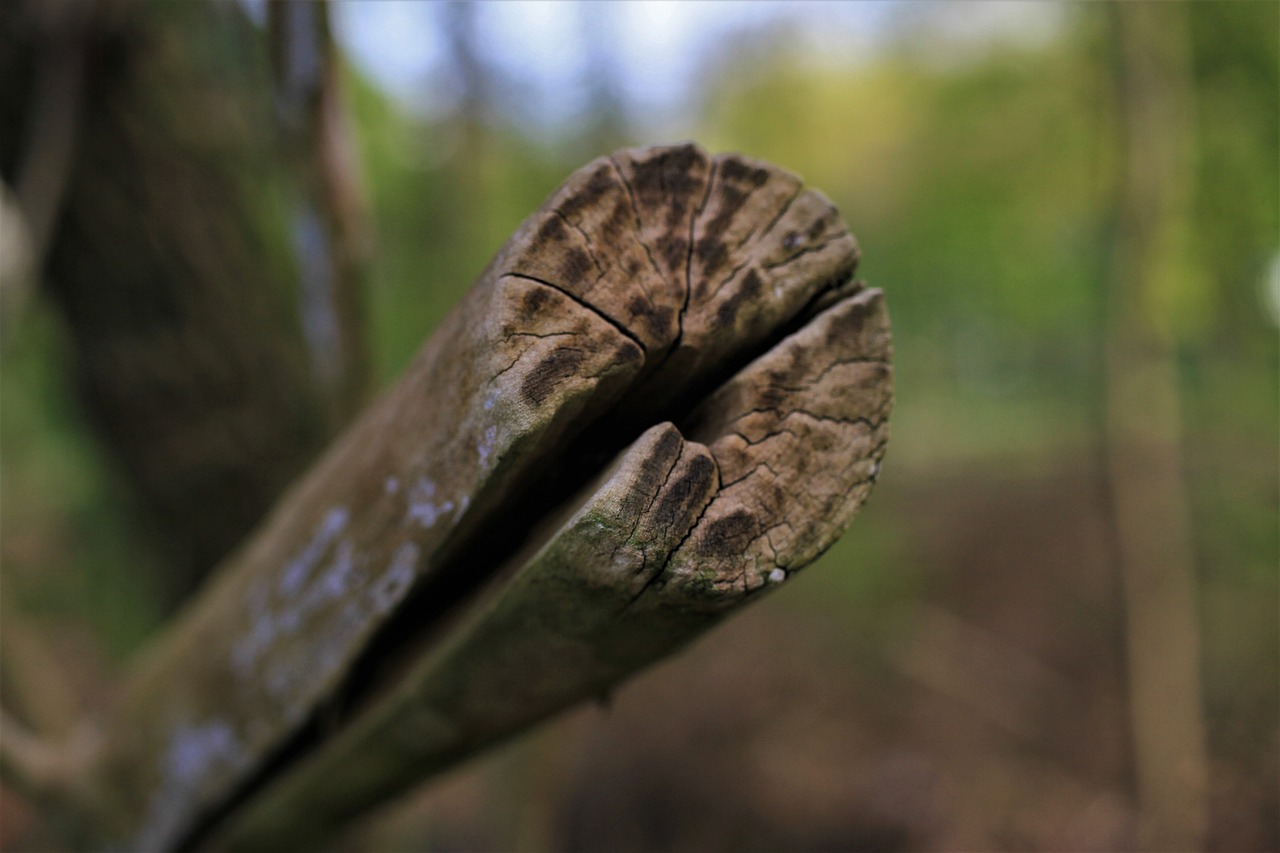
Benefits of Selective Pruning
Selective pruning is much more than just a gardening chore; it’s an art that plays a crucial role in the health and vitality of your plants. By carefully choosing which branches to remove, you can significantly improve the overall structure and aesthetics of your garden. Think of selective pruning as giving your plants a haircut—it's not just about removing the dead ends, but about shaping them for better growth and resilience. This technique provides a plethora of benefits that every gardener should consider.
One of the most notable advantages of selective pruning is the improvement in plant structure. When you prune selectively, you help shape your plants in a way that encourages a strong framework. This is similar to how a well-constructed building needs a solid foundation to withstand storms; a well-pruned plant can better support its weight and resist wind damage. The result? Healthier, sturdier plants that can thrive in various weather conditions.
Another significant benefit is the enhancement of flowering and fruiting. By removing older, less productive branches, you allow the plant to focus its energy on producing new growth. This rejuvenation process not only boosts the plant's overall health but also leads to a more vibrant display of flowers and fruits. Imagine a tree that’s been pruned selectively; it’s like a stage ready for a spectacular show, where every flower and fruit gets its moment in the spotlight.
Moreover, selective pruning plays a vital role in reducing disease susceptibility. Properly pruned plants enjoy improved air circulation and light penetration, which are essential factors in preventing fungal diseases. When the inner parts of the plant receive adequate sunlight and airflow, it creates an environment that is less hospitable to pests and diseases. It’s akin to opening windows in a stuffy room—fresh air flows in, and the chances of mold or mildew developing are significantly reduced.
To sum it up, the benefits of selective pruning can be categorized as follows:
- Improved Plant Structure: Encourages a strong framework for better support.
- Enhanced Flowering and Fruiting: Stimulates new growth for vibrant displays.
- Reduced Disease Susceptibility: Promotes air circulation and light penetration.
By understanding and implementing selective pruning techniques, gardeners can create a flourishing environment for their plants, leading to not just healthier specimens but also a more beautiful garden overall. It’s a win-win situation that every plant lover should embrace!
Q: When is the best time to perform selective pruning?
A: The timing for selective pruning varies depending on the plant species. Generally, late winter or early spring, before new growth begins, is ideal for most deciduous plants. However, always check specific guidelines for the plants in your garden.
Q: Can I prune all types of plants the same way?
A: Not all plants respond well to the same pruning techniques. Different species have unique growth habits, so it’s essential to research the specific needs of each plant to avoid damaging them.
Q: What tools do I need for effective selective pruning?
A: Basic tools include sharp pruning shears, loppers for thicker branches, and a pruning saw for larger limbs. Always ensure your tools are clean and sharp to make precise cuts.
Q: How much of the plant can I prune without harming it?
A: As a general rule, avoid removing more than 25% of a plant’s foliage at one time. Over-pruning can stress the plant and hinder its growth.

Improving Plant Structure
When it comes to gardening, structure is everything. Just like a house needs a solid foundation, plants require a strong framework to thrive. Selective pruning plays a pivotal role in enhancing the overall structure of your plants. By removing specific branches, you can shape your plants in a way that promotes better growth patterns. This not only allows them to support their weight more effectively but also helps them resist wind damage, which is crucial for their long-term health.
Imagine your plant as a sculpture. With selective pruning, you're the artist, carefully chiseling away at the excess to reveal the beauty underneath. By focusing on the right areas, you can encourage a more balanced and aesthetically pleasing shape. This practice is particularly beneficial for young trees and shrubs, as it sets the stage for a strong and healthy development.
Additionally, pruning can help to create a central leader in trees, which is essential for their growth. The central leader is the main stem that grows upward, and having a clear leader helps the tree grow straight and tall. If you have multiple competing leaders, it can lead to a weak structure and make the tree more susceptible to breakage. Here’s how selective pruning can improve plant structure:
- Encourages Stronger Branch Angles: By pruning correctly, you can promote branches that grow at wider angles from the trunk, which are less likely to break under weight.
- Reduces Overcrowding: Removing excess branches allows for better light distribution, ensuring that each branch receives adequate sunlight.
- Supports Healthy Growth: A well-structured plant is better equipped to handle environmental stressors, such as wind and rain.
Moreover, with a well-structured plant, you'll notice an increase in flowering and fruiting. When plants are pruned effectively, they can allocate more energy to producing blooms and fruits rather than sustaining unnecessary growth. This leads to a more vibrant garden and a bountiful harvest, making all your hard work worthwhile.
In conclusion, improving plant structure through selective pruning is not just about aesthetics; it’s about ensuring that your plants are robust and capable of thriving in their environment. By taking the time to prune thoughtfully, you're investing in the long-term health of your plants, helping them to flourish and stand tall, just like the masterpieces they are.
Q: How often should I prune my plants?
A: The frequency of pruning depends on the type of plant and its growth rate. Generally, most plants benefit from annual pruning, while some may require more frequent attention.
Q: Can I prune my plants at any time of year?
A: While some plants can be pruned year-round, it's best to prune during their dormant season, usually in late winter or early spring, to minimize stress.
Q: What tools do I need for selective pruning?
A: Essential tools include sharp pruning shears, loppers for thicker branches, and a pruning saw for larger limbs. Always ensure your tools are clean and sharp to make precise cuts.
Q: Will pruning harm my plants?
A: When done correctly, pruning should not harm your plants. However, improper techniques or excessive pruning can lead to stress and damage, so it's vital to follow best practices.
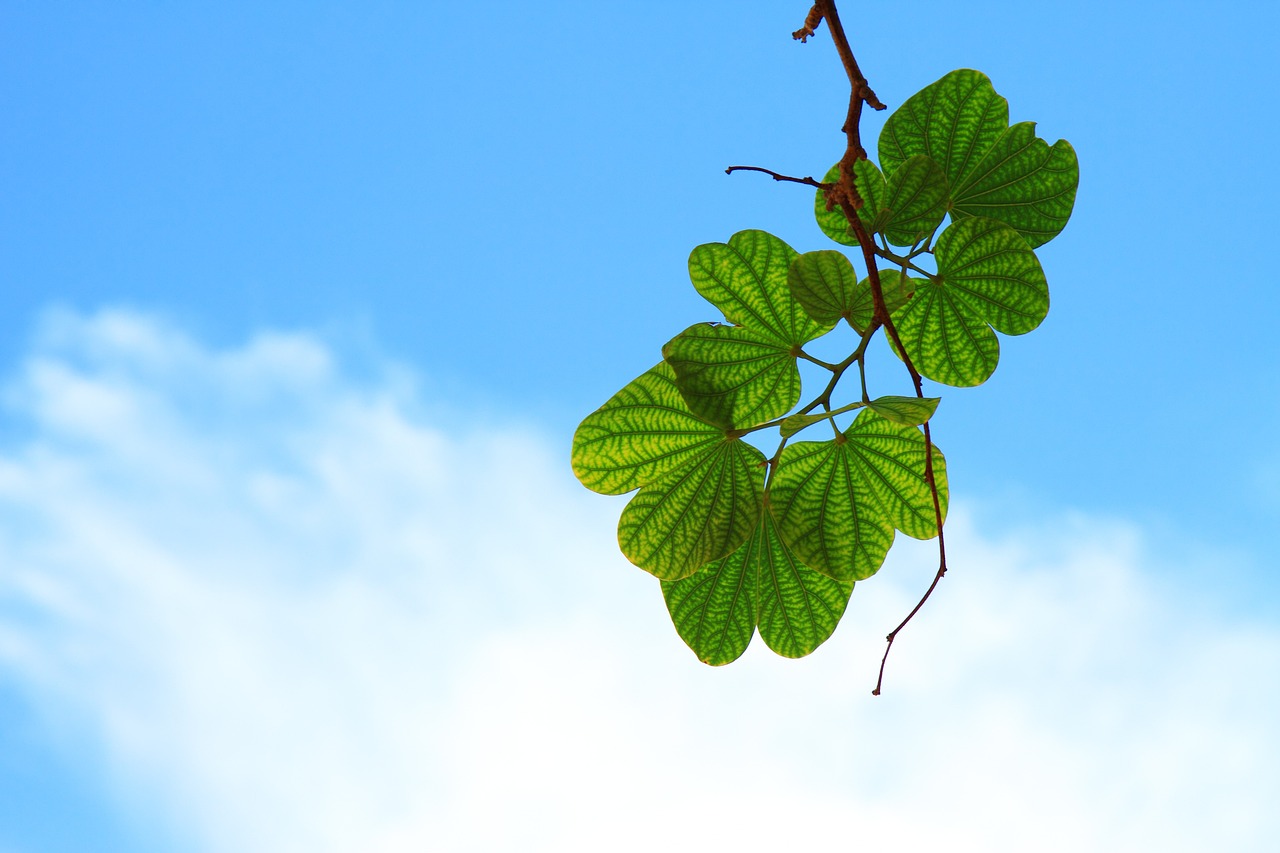
Encouraging New Growth
Selective pruning is like giving your plants a fresh start! When you remove older, less productive branches, you’re not just tidying up; you’re actively encouraging new growth. Think of it as a haircut for your plants—just as a good trim can revitalize your look, selective pruning can rejuvenate your plants, making them more vibrant and productive. By allowing more light to penetrate through the canopy, you create the perfect environment for new buds to emerge and flourish.
This rejuvenation process is vital for the overall health of your plants. As you prune away the older branches, you help redirect the plant's energy towards the healthier parts. It’s like giving them a pep talk, saying, "Hey, focus on what’s working!" This focus not only enhances the plant's vitality but also improves its aesthetic appeal. Imagine a bush that was once sparse and leggy transforming into a lush, full specimen that catches everyone's eye.
Moreover, selective pruning can lead to a more balanced growth pattern. When you remove crowded branches, you allow the remaining branches to spread out and grow stronger. This is crucial for plants that tend to grow in a dense manner, as it helps prevent competition for resources. In essence, you’re creating a harmonious environment where each branch can thrive without fighting for light or nutrients.
To maximize the benefits of encouraging new growth through selective pruning, consider the following tips:
- Always use clean, sharp tools to make precise cuts.
- Identify and remove any dead or diseased branches first.
- Prune during the plant's dormant season for optimal recovery.
- Aim for a balanced shape by selectively targeting branches that disrupt the overall symmetry.
In conclusion, encouraging new growth through selective pruning is a fantastic way to boost your plants’ health and beauty. By focusing on the right branches and making thoughtful cuts, you can transform your garden into a vibrant oasis. Remember, every snip can lead to a burst of new life, making your gardening efforts truly rewarding!
- What is the best time to prune my plants? Generally, it's best to prune during the dormant season, which varies by plant type. Research your specific plants for ideal timing.
- How much should I prune? It depends on the plant, but a good rule of thumb is to remove no more than 30% of the plant at one time.
- Can I use regular scissors for pruning? While you can, it's better to use specialized pruning shears for cleaner cuts and healthier plants.
- Will pruning hurt my plants? If done correctly and at the right time, pruning should not hurt your plants. In fact, it can significantly improve their health.
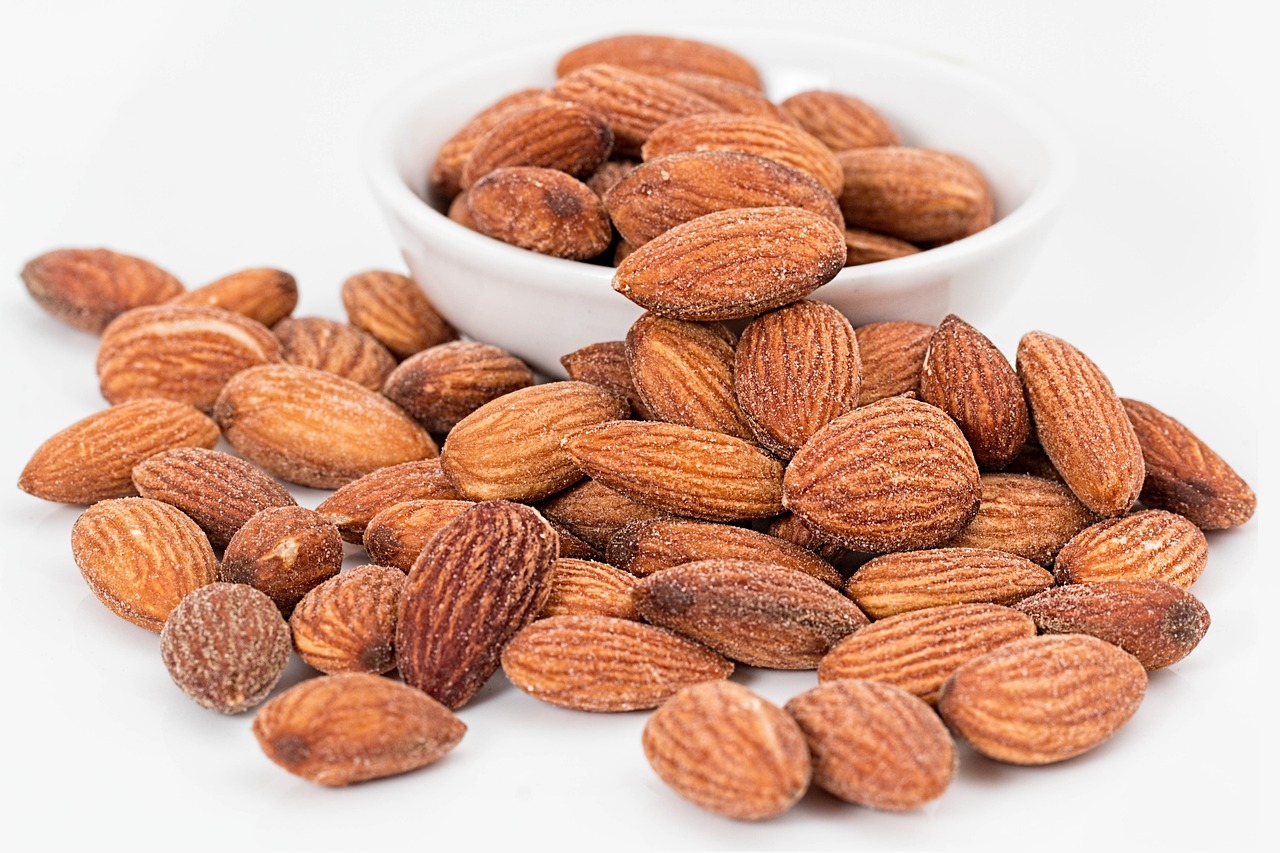
Enhancing Air Circulation
When it comes to plant health, air circulation is a game changer. Just like we need fresh air to breathe and thrive, plants also require good airflow to flourish. through selective pruning is one of the smartest strategies you can adopt. By removing certain branches, you allow air to flow freely through the plant's canopy, creating a healthier environment that minimizes the risk of diseases.
Think about it this way: if you’ve ever been in a crowded room, you know how stuffy it can get when there’s no airflow. Plants feel the same way! Poor air circulation can lead to increased humidity around the leaves, creating a perfect breeding ground for fungal infections. By selectively pruning, you’re essentially giving your plants a breath of fresh air. This not only helps in disease prevention but also encourages stronger, more vigorous growth.
Moreover, when you improve air circulation, you also enhance the plant's ability to photosynthesize efficiently. Sunlight can penetrate deeper into the foliage, allowing those inner leaves to soak up the light they need to produce energy. This can lead to healthier, more robust plants that are better equipped to handle environmental stressors.
To maximize the benefits of enhanced air circulation, consider these key points:
- Ensure that you are removing crowded branches that block airflow.
- Focus on the lower parts of the plant, where humidity tends to be higher.
- Regularly assess your plants to identify any areas that may need pruning.
In summary, enhancing air circulation through selective pruning is not just about aesthetics; it’s a vital practice that supports the overall health and vitality of your plants. By taking the time to prune thoughtfully, you’re investing in a flourishing garden that can withstand the test of time.
- What is the best time of year to prune my plants?
Generally, late winter to early spring is ideal for most plants, as they are still dormant and can recover quickly. - Can I prune my plants too much?
Yes, over-pruning can stress plants and inhibit growth. Always follow guidelines specific to each plant type. - What tools do I need for effective pruning?
Sharp pruning shears, loppers, and saws are essential. Make sure your tools are clean to prevent disease transmission. - How do I know which branches to prune?
Look for dead, diseased, or crossing branches. Prioritize those that obstruct airflow and light penetration.
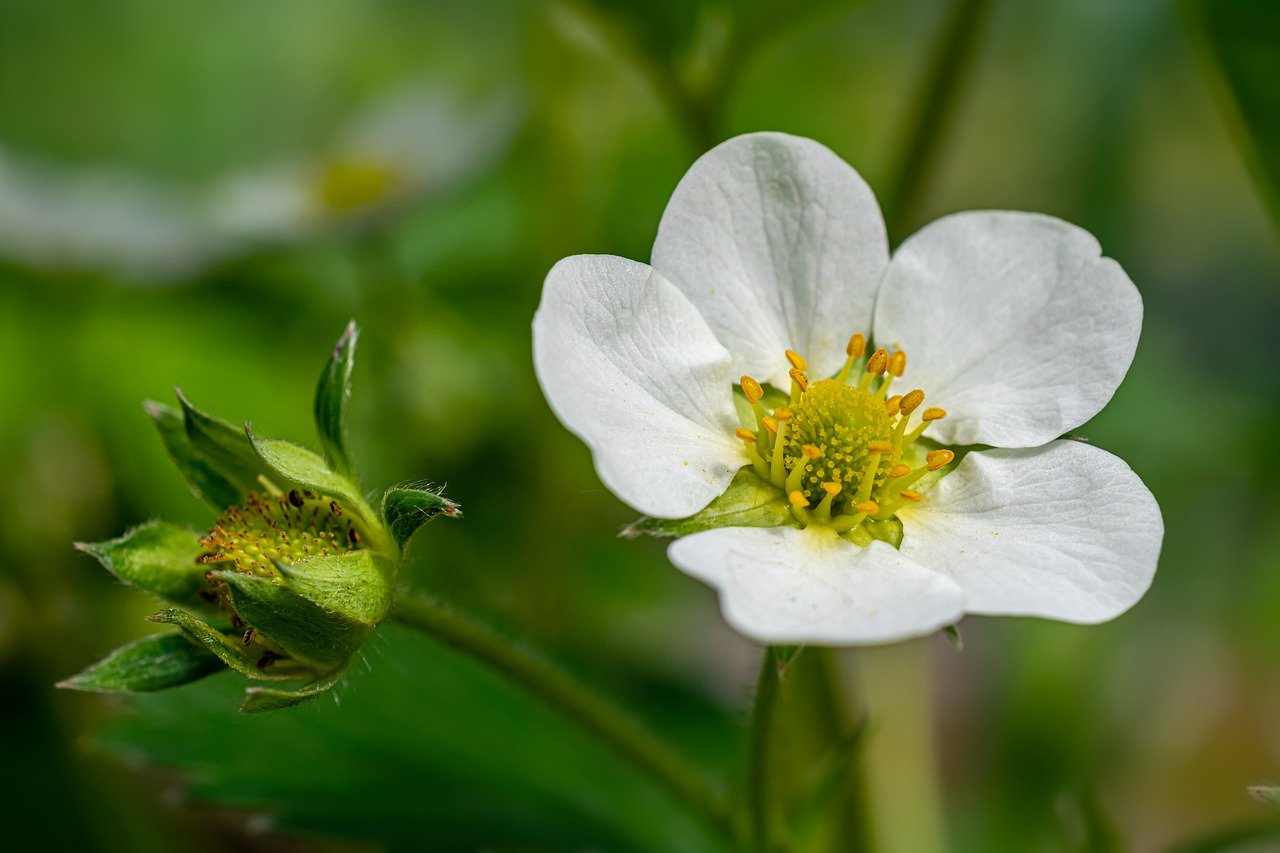
Timing for Selective Pruning
Knowing when to prune your plants is like having a secret weapon in your gardening toolbox. Imagine trying to bake a cake without knowing when to put it in the oven; the same goes for plants and pruning. Each plant has its own growth cycle, and understanding these cycles can lead to optimal results. For instance, many trees and shrubs benefit from pruning during their dormant season, typically in late winter or early spring before new growth begins. This timing allows the plant to heal before the stress of new growth starts.
However, not all plants are created equal. Some flowering plants, like spring-blooming shrubs, should be pruned immediately after they finish blooming. This is because they set their buds for the next season shortly after flowering. If you prune them too late, you might inadvertently remove the buds that would have turned into beautiful blooms the following year. On the other hand, summer-blooming plants can be pruned in late winter or early spring, as they produce their flowers on new growth.
To make this even clearer, let's take a look at a simple table that outlines the best pruning times for different types of plants:
| Plant Type | Best Pruning Time |
|---|---|
| Spring-blooming shrubs | Immediately after flowering |
| Summer-blooming shrubs | Late winter or early spring |
| Deciduous trees | Late winter while dormant |
| Evergreens | Late spring or early summer |
But wait, there’s more! Weather conditions also play a significant role in determining the right time to prune. Pruning during wet weather can increase the risk of disease, as open wounds may harbor pathogens. Ideally, aim for a dry day when the plant is not stressed by heat or drought. Just think of it as giving your plants a spa day—after all, they deserve to be pampered, right?
In summary, timing your selective pruning is crucial for the health and vitality of your plants. By understanding their unique growth cycles and considering environmental factors, you can ensure that your plants thrive and continue to bring beauty to your garden. So, the next time you grab those pruning shears, remember: timing is everything!
- When is the best time to prune my rose bushes?
Prune rose bushes in late winter or early spring before new growth begins, typically when the forsythia blooms.
- Can I prune my plants in the fall?
It's generally not recommended to prune in the fall, as it can stimulate new growth that may not harden off before winter.
- What tools do I need for selective pruning?
Essential tools include sharp pruning shears, loppers for thicker branches, and a pruning saw for larger limbs.
- How much can I prune at once?
A good rule of thumb is to never remove more than 25% of a plant’s foliage at one time to avoid stressing the plant.
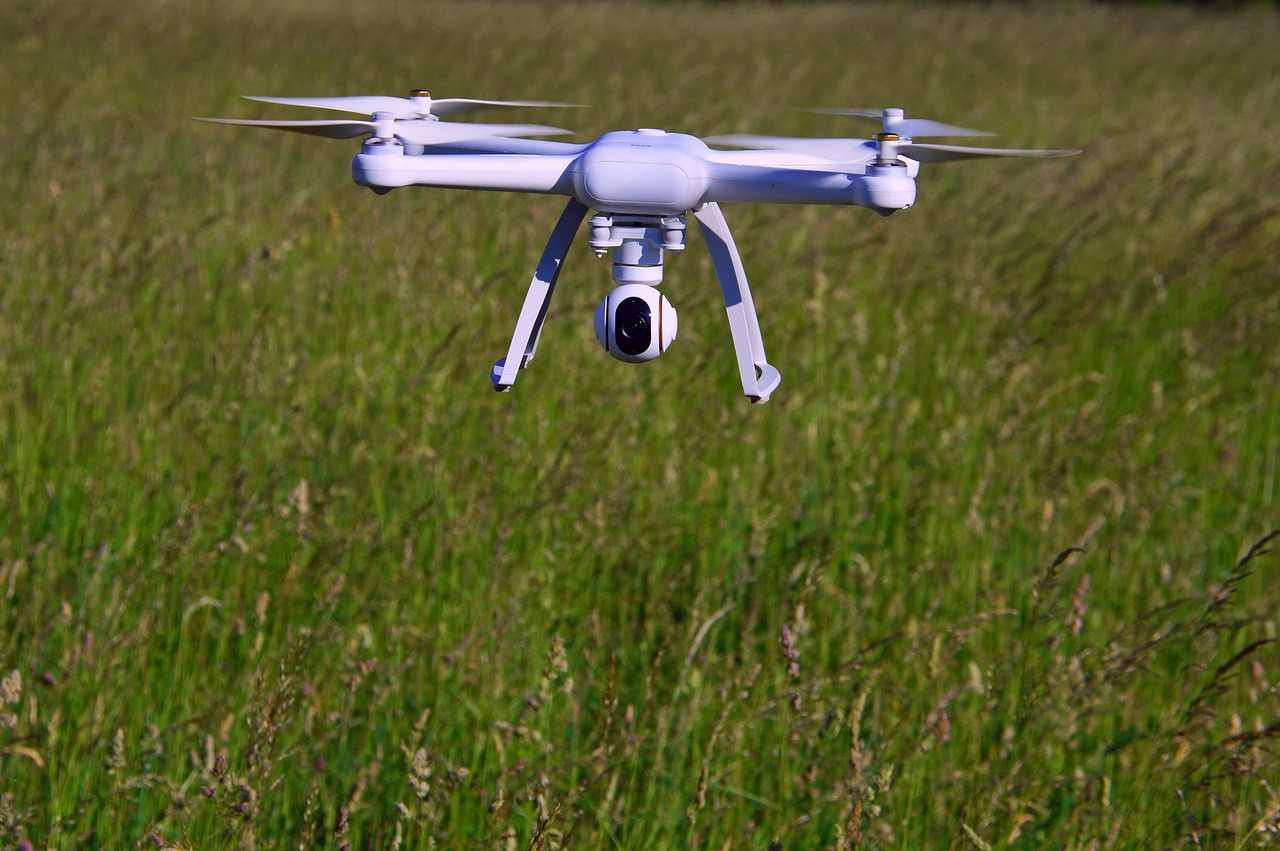
Techniques for Effective Pruning
When it comes to selective pruning, understanding the right techniques is crucial for achieving the best results. Each method serves a specific purpose and can significantly impact the health and appearance of your plants. Let’s dive into some of the most effective pruning techniques that every gardener should know.
One of the primary techniques used in selective pruning is thinning cuts. This method involves removing entire branches, which may seem drastic at first, but it plays a pivotal role in improving light penetration and air circulation within the plant. Imagine a crowded room where everyone is trying to breathe; it’s not comfortable, right? Similarly, plants can become overcrowded, leading to poor growth and increased disease risk. By making thinning cuts, you’re essentially giving your plants more space to thrive, allowing sunlight to reach the inner leaves and promoting healthy photosynthesis.
Another effective technique is heading cuts. This method shortens branches and encourages a bushier growth habit. Think of it as giving your plant a stylish haircut! When you trim back the tips of the branches, the plant responds by producing side shoots, which results in a fuller and more robust appearance. This technique is particularly beneficial for certain shrubs and trees that tend to grow leggy or sparse. It’s a fantastic way to enhance the aesthetics of your garden while also improving plant health.
Timing is also a key factor in the effectiveness of these techniques. For instance, performing thinning cuts during the plant's dormant season can reduce stress and allow for quicker recovery. Conversely, heading cuts are often best done in early spring when the plant is just starting to wake up from its winter slumber. Understanding your plant's specific needs and growth cycles will ensure that your pruning efforts yield the best results.
Moreover, it’s essential to use the right tools when engaging in selective pruning. Sharp, clean tools will make cleaner cuts, which means less damage to the plant. Dull or dirty tools can cause tearing and increase the risk of disease. For thinning cuts, consider using loppers or a pruning saw, while heading cuts can often be done with sharp shears. Always remember to disinfect your tools before and after use to prevent the spread of pathogens.
In summary, mastering the techniques of selective pruning—like thinning cuts and heading cuts—can significantly enhance your gardening experience. Not only will your plants look better, but they will also be healthier and more productive. So, grab those pruning shears and get ready to transform your garden into a vibrant oasis!
Q1: When is the best time to perform selective pruning?
A1: The best time for selective pruning varies by plant species. Generally, late winter or early spring is ideal for most trees and shrubs, while some flowering plants may require pruning after they bloom.
Q2: How much of the plant can I prune without harming it?
A2: As a rule of thumb, avoid removing more than 25% of a plant's foliage at once. This helps to minimize stress and encourages healthy regrowth.
Q3: What tools do I need for effective pruning?
A3: Essential tools include sharp pruning shears, loppers for thicker branches, and a pruning saw for larger cuts. Always ensure your tools are clean and sharp for the best results.
Q4: Can I prune flowering plants?
A4: Yes, but timing is crucial. Some flowering plants bloom on old wood, while others bloom on new growth. Research your specific plant type to determine the best pruning time.
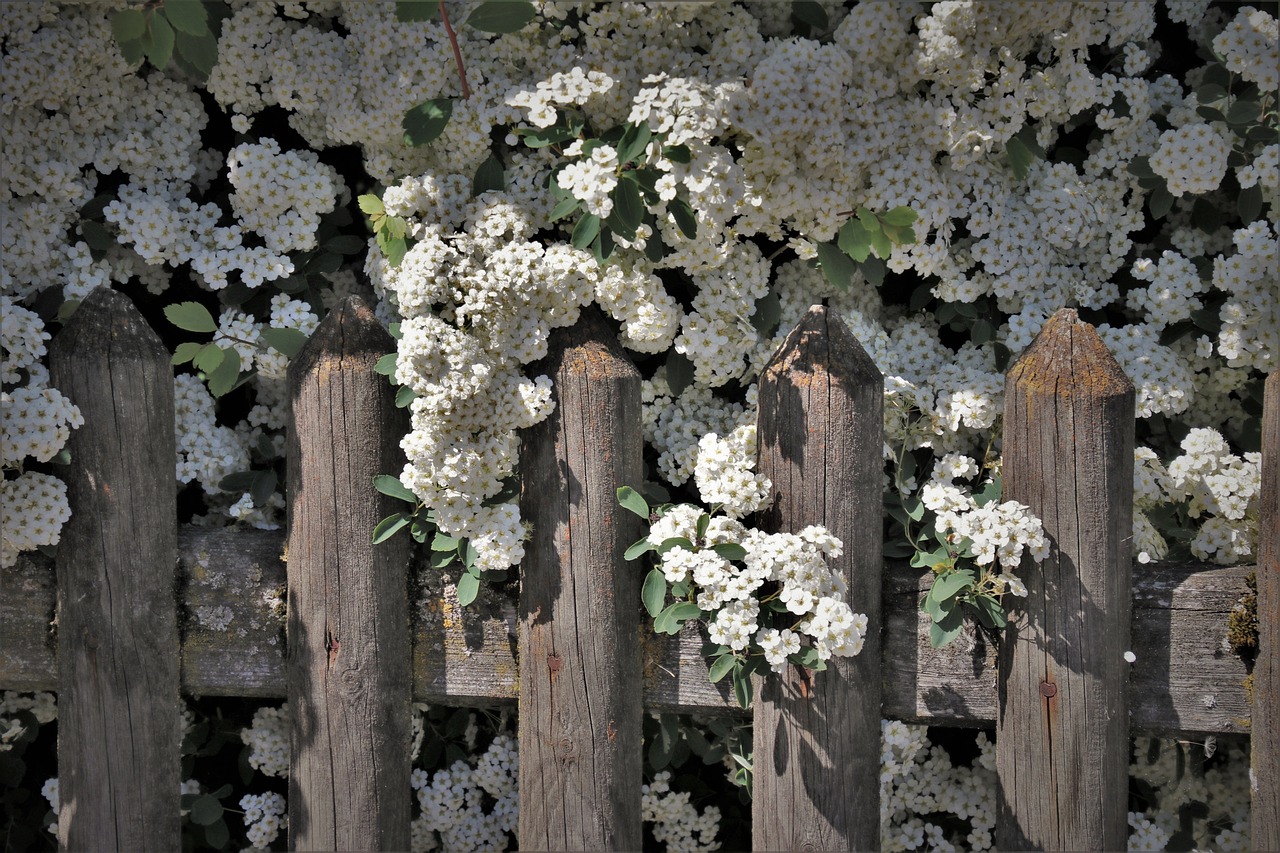
Thinning Cuts
Thinning cuts are a fundamental technique in the art of selective pruning, and they play a crucial role in the overall health and aesthetics of your plants. Imagine your garden as a bustling city; just like a city needs well-planned roads for traffic to flow smoothly, your plants need light and air to circulate freely. By removing entire branches with thinning cuts, you’re not just trimming; you’re effectively creating pathways for sunlight and air to reach the inner parts of the plant. This practice is particularly beneficial for dense shrubs and trees that tend to become overcrowded over time.
When executed correctly, thinning cuts can lead to a remarkable transformation in your plants. They help in reducing competition among branches, allowing the remaining ones to thrive. This is akin to a team of athletes; if too many players are vying for the same position, performance suffers. By selectively removing some branches, you give the others the chance to shine and grow stronger. Furthermore, these cuts promote better flowering and fruiting, as the energy is redirected to the healthier parts of the plant, resulting in more blooms and fruits.
To effectively implement thinning cuts, consider the following tips:
- Assess the Plant's Structure: Before making any cuts, take a moment to observe the plant's overall shape. Identify branches that are crossing or crowding others.
- Choose the Right Time: Timing is everything. Late winter or early spring is often the best time for most plants, as they are still dormant and can recover quickly.
- Use Sharp Tools: Always use clean, sharp pruning shears to make clean cuts. This reduces the risk of injury to the plant and promotes quicker healing.
In conclusion, thinning cuts are not merely about reducing the number of branches; they are about enhancing the plant's vitality and beauty. By understanding how to implement this technique effectively, you can create a thriving garden that not only looks good but also supports the health of your plants in the long run. So, the next time you're out in your garden, remember that a little thinning can go a long way in ensuring your plants reach their full potential!
Q: What is the best time to perform thinning cuts?
A: The ideal time for thinning cuts is typically in late winter or early spring, before the plants begin their active growth phase. This timing allows for quick recovery and encourages new growth.
Q: Can I use thinning cuts on all types of plants?
A: While thinning cuts are beneficial for many shrubs and trees, it's essential to research specific plants to understand their unique growth habits and requirements.
Q: How much should I prune during a thinning cut?
A: It's recommended to remove no more than 25% of the plant's total foliage at one time to avoid stressing the plant. Always prioritize removing dead or diseased branches first.

Heading Cuts
Heading cuts are a fantastic technique in the world of selective pruning that can significantly enhance the growth and overall appearance of your plants. This method involves cutting back the tips of branches, which may sound simple, but it packs a powerful punch when it comes to promoting bushier and healthier growth. When you make a heading cut, you're not just snipping away at the plant; you're actively encouraging it to produce new shoots and leaves from the remaining buds. Think of it as giving your plant a fresh haircut, allowing it to grow back fuller and more vibrant!
One of the primary benefits of heading cuts is that they help to create a denser plant structure. This is especially beneficial for shrubs and certain tree species. By cutting back the tips, you stimulate lateral growth, resulting in a bushier appearance. This technique is particularly effective for plants that tend to grow tall and leggy, as it redirects the plant's energy from vertical growth to horizontal expansion.
Another important aspect to consider is the timing of your heading cuts. Ideally, you want to perform these cuts during the plant's active growing season, which varies depending on the species. For many plants, late winter or early spring is the best time to make heading cuts, as this is when they are preparing to put out new growth. However, it's essential to research the specific needs of your plants to ensure you're timing it just right.
When performing heading cuts, there are a few key practices to keep in mind to ensure you're doing it effectively:
- Use sharp tools: Always use clean, sharp pruning shears or scissors to make clean cuts. This helps prevent damage to the plant and reduces the risk of disease.
- Make angled cuts: When you make your cuts, try to angle them slightly. This allows water to run off the cut area, reducing the risk of rot.
- Don’t overdo it: While it might be tempting to cut back a lot, remember that moderation is key. Aim to remove no more than one-third of the plant at a time to avoid stressing it.
In summary, heading cuts are not just about aesthetics; they are a crucial component of maintaining healthy plants. By understanding and implementing this technique correctly, you can transform your garden into a lush and thriving oasis. So next time you pick up those pruning shears, remember the magic of heading cuts and watch your plants flourish!
Q: When is the best time to perform heading cuts?
A: The best time to perform heading cuts is during the active growing season, typically in late winter or early spring, depending on the plant species.
Q: Can I use heading cuts on all types of plants?
A: While heading cuts are effective for many shrubs and trees, it's essential to research specific plant needs, as some may require different pruning techniques.
Q: How much of the plant can I cut back at once?
A: It's advisable to remove no more than one-third of the plant at a time to prevent undue stress and promote healthy regrowth.
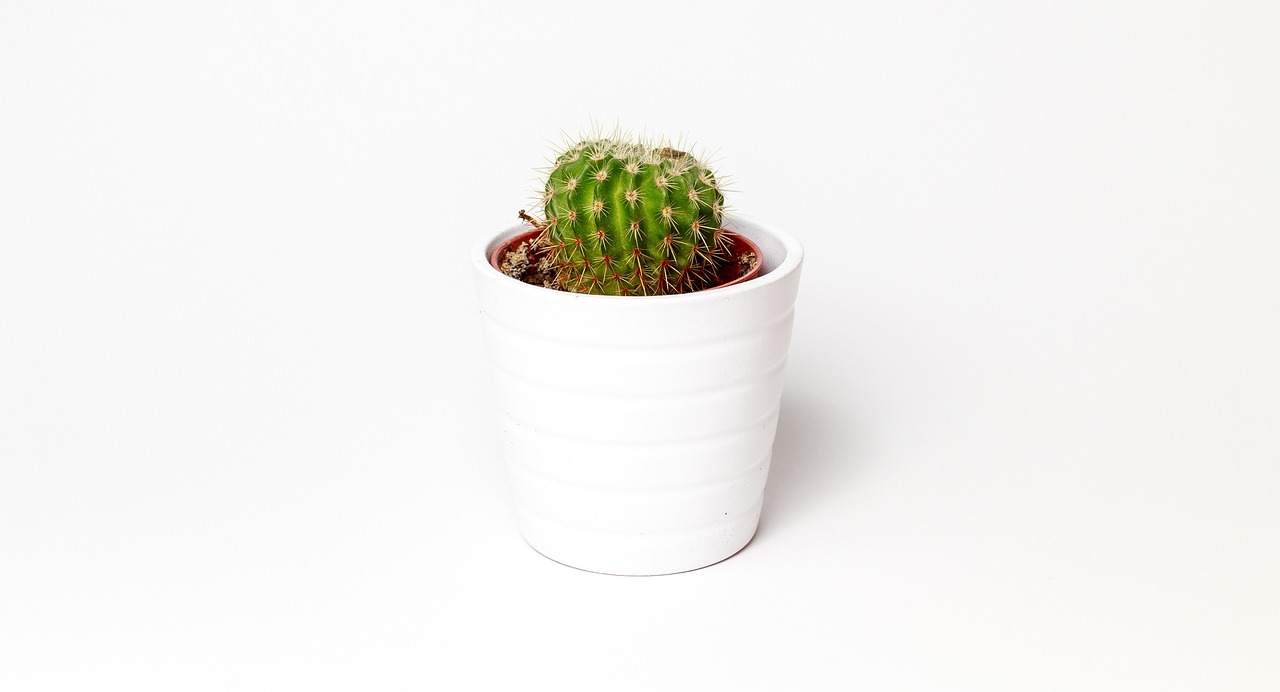
Common Mistakes to Avoid
When it comes to selective pruning, even seasoned gardeners can stumble into a few pitfalls. It’s like trying to navigate a maze blindfolded—one wrong turn can lead to a tangled mess that could harm your plants rather than help them. Here are some of the most common mistakes to avoid to ensure your pruning efforts yield the best results.
One of the biggest blunders is pruning at the wrong time. Each plant has its own growth cycle, and cutting at the wrong moment can hinder its ability to thrive. For example, many flowering plants should be pruned right after they bloom, while others are best left until late winter. Ignoring these timelines can lead to a lack of blooms or even stunted growth.
Another frequent error is over-pruning. It’s easy to get carried away with the shears, but removing too much foliage can stress the plant. Think of it like giving a haircut—too much taken off can lead to an uneven look and slow recovery. Instead, focus on removing only what’s necessary to promote health and aesthetics. A good rule of thumb is to never remove more than one-third of a plant's total foliage at once.
Additionally, using the wrong tools can be detrimental. Dull or inappropriate tools can cause jagged cuts that invite disease. Always ensure your tools are sharp and suited for the job. It’s like trying to slice bread with a butter knife—ineffective and messy. Invest in quality pruning shears, loppers, and saws, and keep them well-maintained.
Moreover, neglecting to clean your tools between cuts can spread diseases from one plant to another. Imagine trying to cook with dirty utensils; it’s not just unappetizing, it’s potentially harmful. Wipe down your tools with rubbing alcohol or a bleach solution to keep your garden healthy and disease-free.
Lastly, failing to assess the plant’s health before pruning can lead to disastrous results. If a plant is already stressed due to disease or environmental factors, pruning can exacerbate the problem. Always take a moment to evaluate the overall condition of your plants before diving in with your shears.
In summary, avoiding these common mistakes will not only enhance the health of your plants but will also make your gardening experience more rewarding. Remember, selective pruning is an art that requires patience, knowledge, and a little bit of finesse!
Q1: How often should I prune my plants?
A1: The frequency of pruning depends on the type of plant. Generally, most shrubs benefit from annual pruning, while trees might only need it every few years. Always consider the specific needs of each plant.
Q2: Can I prune in the fall?
A2: Fall is generally not the best time for pruning as it can stimulate new growth that may not survive winter. Instead, focus on late winter or early spring for most plants.
Q3: What tools do I need for selective pruning?
A3: Essential tools include sharp pruning shears, loppers, and a pruning saw. Ensure they are clean and sharp to make precise cuts.
Q4: Is it better to prune young or mature plants?
A4: Both young and mature plants benefit from pruning, but the techniques and timing may differ. Young plants often require formative pruning, while mature plants benefit from maintenance pruning.
Frequently Asked Questions
- What is selective pruning?
Selective pruning is a gardening technique that involves removing specific branches or stems to enhance the overall health, structure, and aesthetics of plants. This method focuses on improving light penetration and air circulation, which are essential for robust plant growth.
- When is the best time to prune my plants?
The ideal timing for selective pruning varies depending on the type of plant. Generally, late winter or early spring is recommended before new growth begins. However, some plants may benefit from summer pruning to control their size and shape. Always research specific plants to determine their optimal pruning period.
- What are the benefits of selective pruning?
Selective pruning offers several advantages, including improved plant structure, enhanced flowering and fruiting, and reduced susceptibility to diseases. By removing older, less productive branches, gardeners can stimulate new growth, leading to healthier and more vibrant plants.
- What techniques should I use for effective pruning?
Two common techniques for effective selective pruning are thinning cuts and heading cuts. Thinning cuts involve removing entire branches to improve light and air circulation, while heading cuts shorten branches to promote bushier growth. Understanding which technique to use for specific plants can greatly enhance your pruning results.
- What common mistakes should I avoid when pruning?
Some common mistakes to avoid include over-pruning, which can stress the plant, and neglecting to use clean, sharp tools, which can introduce diseases. It's also important to avoid pruning at the wrong time of year, as this can hinder growth and flowering.


















